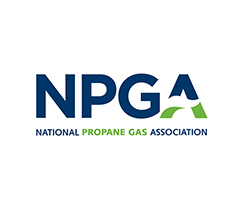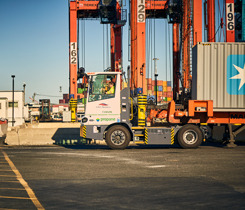Hydrocarbon gas liquids key factor in overall liquid fuel balance changes
Hydrocarbon gas liquids (HGLs) – a group of products that includes propane, ethane, normal butane, isobutane, natural gasoline and refinery olefins – have traditionally accounted for only minor changes in global liquid fuels production and consumption balances.
However, HGLs are becoming a significant factor in expected year-over-year changes in global liquid fuels balances, according to a report from the U.S. Energy Information Administration (EIA).
In EIA’s January Short-Term Energy Outlook, most of the forecast increases to U.S. liquids supply and consumption in 2017 and 2018 are the result of changes in HGLs. Of the forecast growth in total world consumption of petroleum and other liquids from 2017 to 2018, over 13 percent can be attributed to U.S. HGL demand growth alone. Most of the forecast increases in U.S. total liquids supply is expected to come from the production of HGLs, rather than increases in U.S. crude oil production. The forecast increase in HGL production represents 75 percent of the growth in U.S. total liquids supply from 2016 to 2017 and 55 percent from 2017 to 2018.
A trend of increased HGL supply coming from natural gas processing plants is expected to continue, EIA says. Natural gas processing plant production of HGLs is forecast to increase by 590,000 barrels per day (bpd) to 4.1 million bpd between 2016 and 2018. In comparison, refinery and blender net production of HGLs is expected to increase marginally by 10,000 bpd in 2017 and 2018, averaging 660,000 bpd in 2018.
EIA’s report notes a rapid growth in wet natural gas production in recent years and how the supply of HGLs such as propane has exceeded domestic market demand. Large investments in U.S. export capacity and international petrochemical facilities over the past several years have helped the increased supplies find markets.
Ethane, used almost exclusively as a feedstock for ethylene production at petrochemical plants, represents most of the HGL forecast growth between 2016 and 2018. The forecast increase in ethane production is related to the recently completed infrastructure projects to recover and transport ethane.
Overall, HGL consumption is expected to be a major contributor to overall U.S. liquid fuels consumption growth in the forecast period. HGL consumption fell by an estimated 30,000 bpd in 2016, but is projected to increase by 90,000 bpd in 2017 and 200,000 bpd in 2018.
In comparison, consumption growth for motor gasoline is projected to increase by 40,000 bpd in 2017 and 90,000 bpd in 2018, and diesel consumption growth is projected to increase by 110,000 bpd in 2017 and 70,000 bpd in 2018.
The growth in HGL consumption is not limited to the United States. Investments in petrochemical facilities and other HGL infrastructure have also taken place abroad, in countries like China and India. Last year’s significant rise in the use of HGL in China is expected to continue through at least 2017 as new propane dehydrogenation (PDH) plants contribute to rising propane use.


















